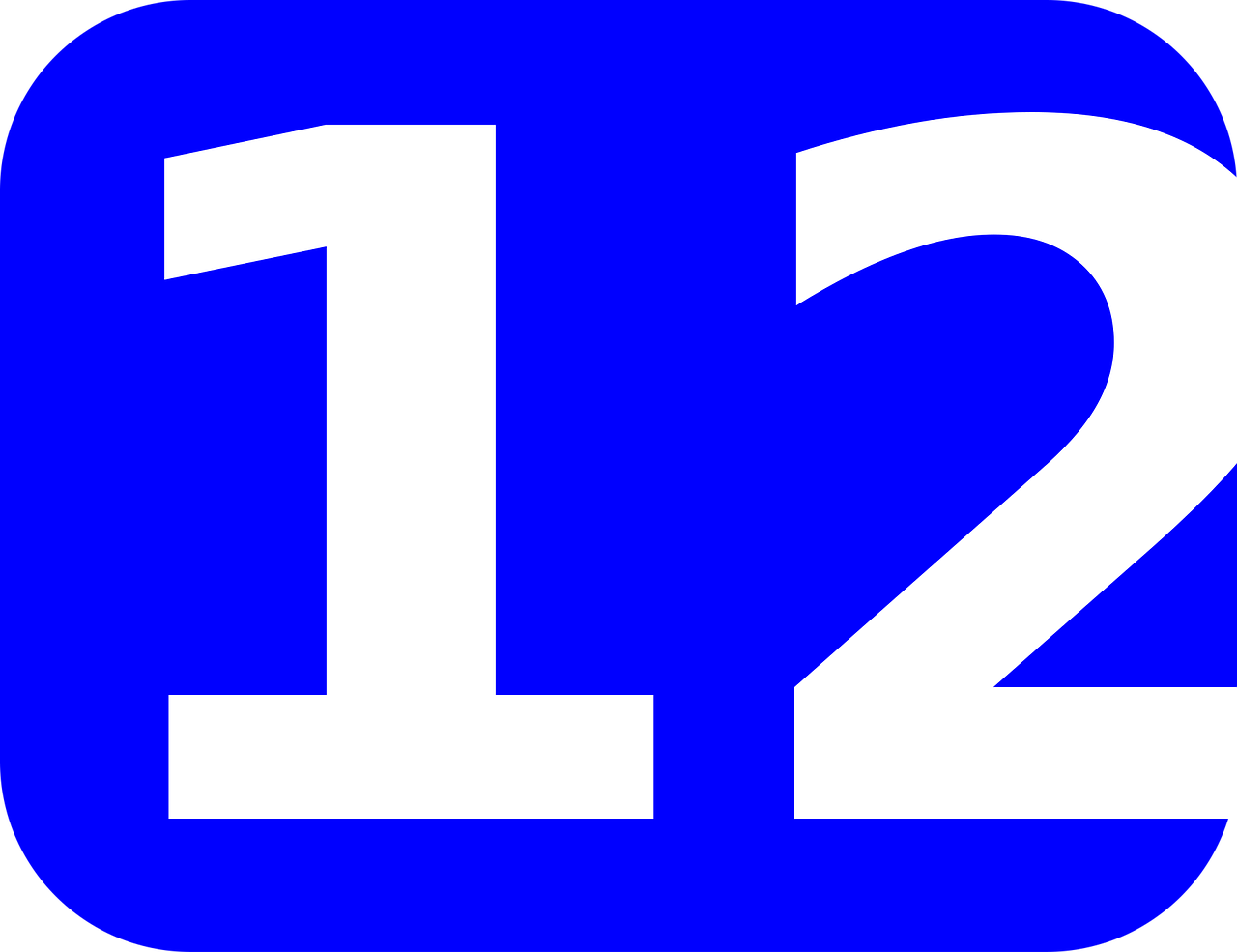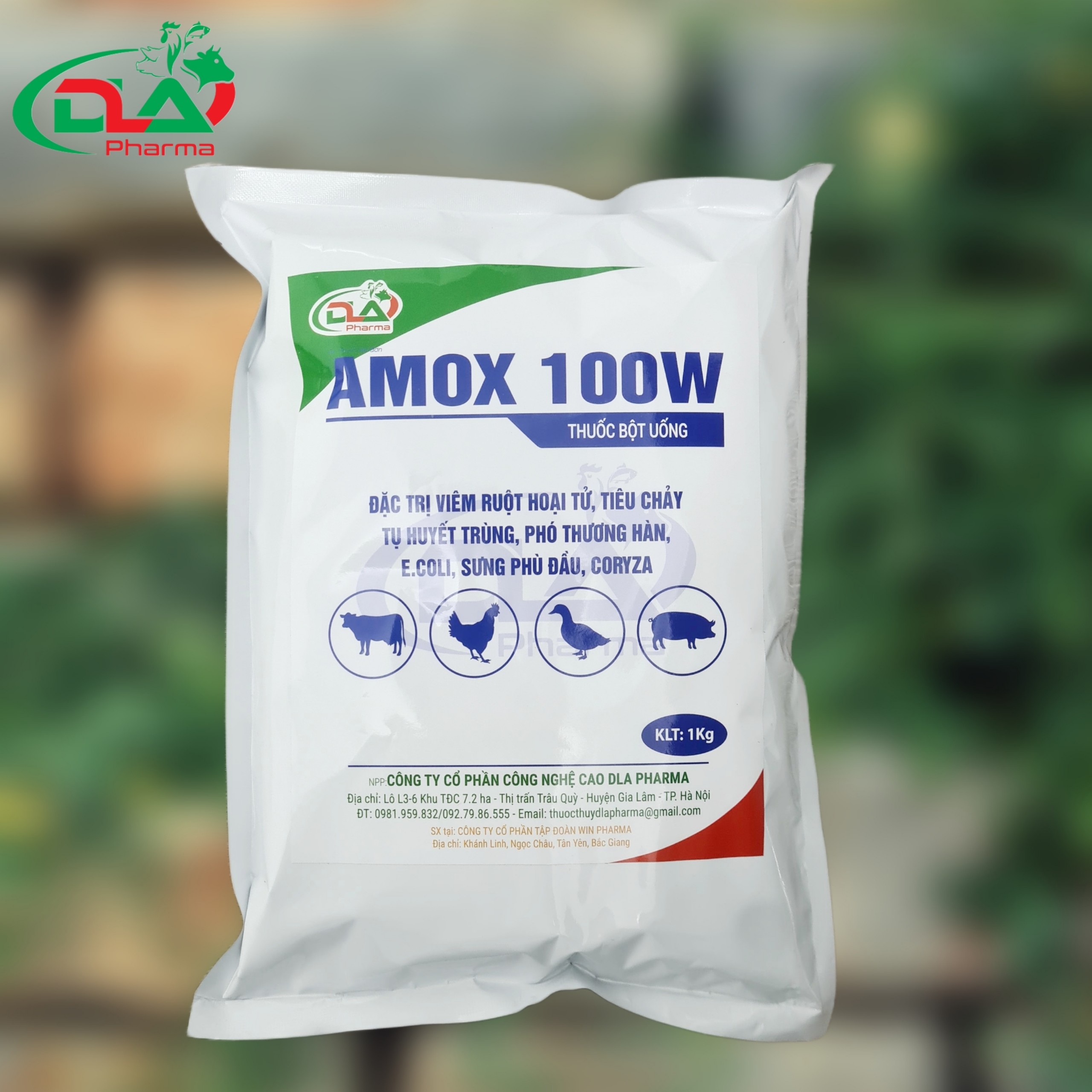Navigating the complex landscape of medical insurance can be daunting, especially when budget constraints are a significant concern. The good news is that there are numerous affordable medical insurance plans designed to provide comprehensive coverage without breaking the bank. Here’s an overview of 12 cheap medical insurance plans that can help you save money while ensuring you have the protection you need against unforeseen medical expenses.
1. Catastrophic Plans
Catastrophic health plans are an affordable option for those under 30 or those who qualify for a hardship exemption. These plans have lower premiums but higher deductibles. They cover essential health benefits and provide protection against very high medical costs.
2. Short-Term Health Insurance
Short-term health insurance plans offer temporary coverage for a limited period, usually up to 12 months, with the option to renew for up to 36 months, depending on the state. They are generally cheaper than major medical plans but do not provide the same level of coverage, often excluding pre-existing conditions, maternity care, and mental health services.
3. Medicaid
For individuals and families with low income, Medicaid provides comprehensive health coverage at little to no cost. Eligibility varies by state, but it offers an affordable option for those who qualify.
4. Children’s Health Insurance Program (CHIP)
CHIP provides low-cost health coverage to children in families that earn too much money to qualify for Medicaid. In some states, CHIP also covers pregnant women. The program is designed to ensure that children have access to necessary healthcare.
5. Health Maintenance Organization (HMO) Plans
HMO plans are a type of health insurance that limits coverage to care from doctors who work for or contract with the HMO, except in emergency situations. They often have lower premiums and out-of-pocket costs compared to other types of plans.
6. Preferred Provider Organization (PPO) Plans
PPO plans offer a balance between cost and flexibility. They have a network of preferred providers, but you also have the option to see any healthcare provider for an additional cost. While not the cheapest, they can be affordable for those who value the flexibility.
7. Exclusive Provider Organization (EPO) Plans
EPO plans combine elements of HMO and PPO plans. They offer a network of providers but do not cover out-of-network care except in emergencies. EPOs are often cheaper than PPOs but more expensive than HMOs.
8. Point of Service (POS) Plans
POS plans are a hybrid of HMO and PPO plans. They require you to choose a primary care physician from the plan’s network but allow you to see out-of-network specialists with a referral. POS plans can offer a affordable option for those who are willing to navigate a bit more complexity in their healthcare.
9. Medicare Advantage Plans
For seniors or those with certain disabilities, Medicare Advantage Plans can be more affordable and offer additional benefits not covered by Original Medicare, such as dental, vision, and sometimes gym memberships.
10. Community Health Centers
Community health centers provide comprehensive primary care services regardless of your ability to pay. Charges are based on your income, making them an affordable option for healthcare needs.
11. High-Deductible Health Plans (HDHPs)
HDHPs have lower premiums but higher deductibles. They are often paired with a Health Savings Account (HSA), which allows you to set aside pre-tax dollars for medical expenses. This combination can be an affordable health insurance option, especially for those who are relatively healthy.
12. Group Health Insurance
If you’re employed or a member of an organization, group health insurance can be a cost-effective option. These plans are typically cheaper than individual plans because the risk is spread across a larger group of people.
Conclusion
While these cheap medical insurance plans can help save money, it’s essential to carefully consider your health needs and the potential risks associated with each plan. Factors like deductibles, copays, coinsurance, and out-of-pocket maximums should be weighed against the premium costs. Moreover, understanding what is covered and what is not can prevent unexpected medical bills down the line. Always research thoroughly and, if necessary, consult with a health insurance professional to find the most suitable and affordable plan for your situation.
What is the cheapest health insurance option?
+Catastrophic plans and Medicaid are often the cheapest options for those who qualify. However, the cost can vary based on your location, age, and health status.
How can I get affordable health insurance?
+Consider your income level for Medicaid or CHIP, explore group plans through your employer or organizations you’re a part of, or look into short-term health insurance for temporary coverage.
What factors should I consider when choosing a health insurance plan?
+Key factors include premiums, deductibles, copays, coinsurance, and out-of-pocket maximums. Also, consider the network of providers, coverage for pre-existing conditions, and any additional benefits like dental or vision care.



